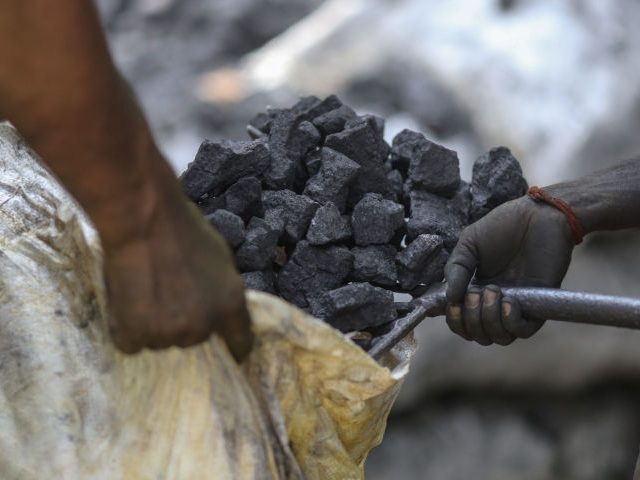India’s Commission for Air Quality Management (CAQM) on Wednesday published a timeline for eliminating the use of coal for both industrial and household fuel in the national capital of Delhi and its suburbs. The plan calls for replacing coal with natural gas beginning on October 1.
“Emissions from heavily polluting fuels like coal for various industrial, domestic, and miscellaneous purposes contribute significantly to the degradation of air quality in the NCR [National Capital Region] and adjoining areas, and accordingly a consistent need has been felt to switch over to lesser polluting and cleaner fuel in the region,” CAQM said.
The Times of India (TOI) noted coal is currently the dominant industrial fuel in the NCR. About 1.7 million tonnes of coal are consumed by industrial operations in the area each year. The phase-out plan envisions eliminating almost all of this reliance on coal, with the exception of low-sulfur coal burned in power plants.
On Wednesday, India announced it would produce a checklist of one hundred “climate-friendly behaviors,” developed in collaboration with the United Nations, for its citizens to follow. The “Behavior Change for Climate Action” initiative will be promoted by Prime Minister Narendra Modi on Sunday, which the U.N. has designated as World Environment Day.
The Times of India said the idea is to solicit suggestions for “behavior-change solutions/ideas aimed to drive climate-friendly behaviors in various sectors including water, transport, food, electricity, recycle, and reuse” at the level of “individuals, communities, and organizations.”
A conference will be held in India, sometime after the deadline for submissions on December 3, to choose the top 100 behavioral modifications. The authors of the winning submissions will receive “U.N. Global LIFE Ambassador awards” at a climate change conference in Egypt.
India’s previous effort to reduce coal consumption collapsed in May, as a heatwave caused energy demand to spike. Industrial managers tried to cope with a dramatic coal shortage by using diesel-powered generators, which tripled their energy costs.
With blackouts rolling across the country, Modi ordered coal-fired power plants to return to full capacity and coal mines to increase production by up to 50 percent without applying for new permits. Over 100 coal mines previously shuttered as unprofitable were reactivated to meet skyrocketing demand.
India and China, which also burns titanic amounts of coal, were able to pressure the COP26 climate conference in November to water down its demand for a “phase out” of coal power. Instead, the concluding statement from COP26 asked member nations to “phase down” coal. Soon afterward, both India and China began phasing coal up.

COMMENTS
Please let us know if you're having issues with commenting.